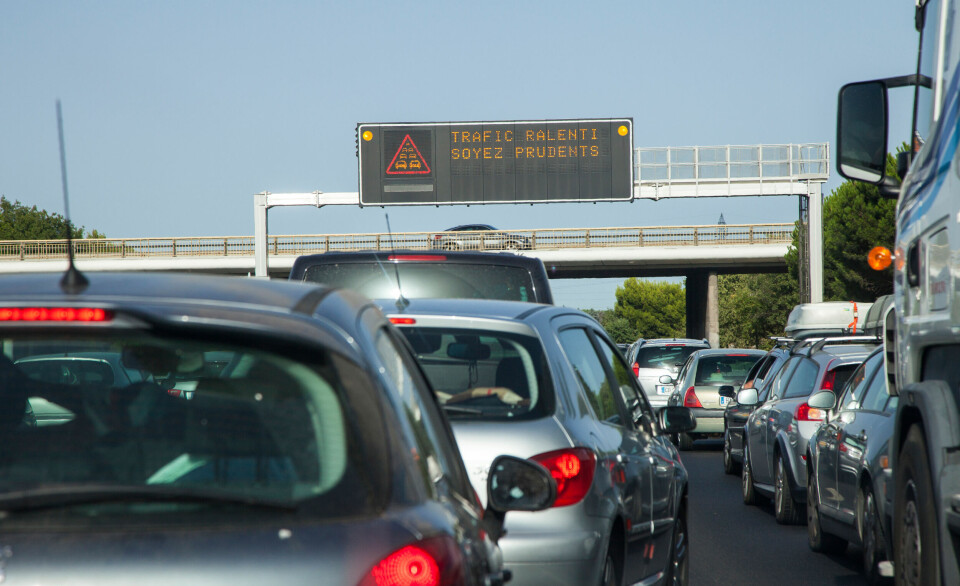Watch shooting stars this weekend during France’s big astronomy event
Up to 60 shooting stars per hour will fill night skies
The shooting stars will be visible to the naked eye and will be most numerous just after midnight
Nazarii_Neshcherenskyi/Shutterstock
France’s huge stargazing celebration Nuits des étoiles will take place this weekend (August 9 - 11) with over 500 events being organised across the country.
It coincides with the most spectacular meteor shower of the year with the Perseids bringing dozens of shooting stars to France’s skies.
This year, many of the local events for the Nuits des étoiles will focus on Hubert Reeves, a Franco-Canadian astronomist credited with making astronomy accessible to the wider public.
This is the first time the event is being held since Mr Reeves’ death in 2023 and you can read our interview with him (carried out in 2018) here:
Read more: Our interview with the creator of France's summer stargazing extravaganza
Summer meteor shower reaches its peak
Whilst the Perseids meteor shower takes place annually across the summer, each year it peaks for a few days, when conditions align.
In 2024, the shower is most easily visible this weekend and the start of next week (August 9 - 12), due to the moon being less bright and beginning to set before midnight, giving ample space for the stars to be visible.
It will be possible to see the shooting stars with the naked eye if you are in an area with low light pollution.
The meteor shower takes place across the evening but it is strongest just after midnight, where up to 60 shooting stars will be visible per hour.
Some tips for watching it can be found in the article below. You should avoid looking at bright lights (including your phone) when outside, and make sure you bring supplies for a long and potentially cool night outside.
Read more: Tips for seeing this summer’s shooting star display from France
Those with astronomy equipment will also be able to catch a glimpse of our solar system’s planets this weekend, depending on when they gaze up.
Venus and Saturn are viewable before midnight (around 22:30 – 23:30), with Uranus, Mars, and Jupiter visible around 02:30 in the morning.
It may be possible to see more constellations from our galaxy – the Milky Way, or Voie Lactée – if conditions allow..
Are you planning to watch the meteor shower? If so, will you do it in your garden, or travel further afield? Let us know via news@connexionfrance.com, and please share any photos you may take




























